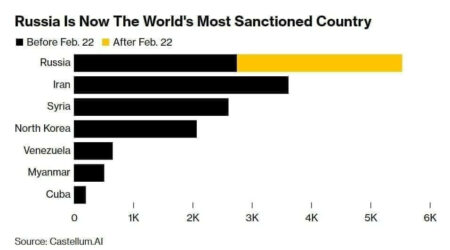When it comes to physical fitness, there are three kinds of people in the world: (1) those who are in good shape; (2) those who are out of shape; and (3) those who think they’re in good shape but are actually out of shape.
Before you can take the necessary steps to get into shape, you have to figure out what kind of shape you’re in – and I don’t mean round, oval or rectangular. The human body can mold itself into all kinds of shapes, but it’s important to realize that having a shape is not the same as being in shape.
Here are five signs that you might not be in good shape:
-
You never take the stairs, even if the hotel elevator is out of order and the front desk clerk is unable to find a drone to carry you to the second floor.
-
The last time you clocked yourself running, it was when you slipped and banged your head trying to reach the last egg roll at China Buffet.
-
You have a closetful of clothes that haven’t fit you since Texas was part of Mexico.
-
Your doctor advised you to take up a sport, but nothing too strenuous like badminton and pickleball. You decided to play chess.
-
Chess was lots of fun — until you pulled a muscle. You grabbed your opponent’s bishop too fast and injured the extensor indicis in your hand. Your doctor advised you to switch to checkers.
If you’re not in good shape, don’t worry. There’s never been a better time in human history to be in poor shape. Why do I say this? Well, for one thing, there are so many medical advances that can keep you alive if you happen to suffer a heart attack. Ambulances are also a little faster than they used to be. You’ll be in the operating room before anyone has a chance to see if you have health insurance.
But more than that, what makes this a particularly good time to be in poor shape is all the fitness-related research that scientists are conducting. Some of this research is showing that you don’t really need to do a lot of exercise to make significant gains in your health. In fact, according to a study published recently in the British Journal of Sports Medicine, just 11 minutes a day (75 minutes a week) of moderate-intensity physical activity can lower your risk of cardiovascular diseases, such as heart disease and stroke, by 17 percent and cancer by 7 percent.
Britain’s National Health Service recommends at least 150 minutes of moderate-intensity activity per week, but who has time for that? Thankfully, a research team led by scientists at University of Cambridge found that even 75 minutes a week lowers a person’s risk of early death by 23 percent.
Do you think you can spare 11 minutes per day to reduce your risk of early death by 23 percent? Eleven minutes is nothing. The average person spends 11 minutes per day deciding what to watch on Netflix.
Unfortunately, deciding what to watch on Netflix does not qualify as moderate-intensity activity, but “Netflix and chill” certainly might. However, the average man might find it a challenge to extend this activity to 11 minutes.
To achieve consistency, you may want to choose an activity such as brisk walking, dancing, riding a bike, playing tennis and hiking. The researchers describe moderate-intensity activity as any activity that “raises your heart rate and makes you breathe faster,” but doesn’t prevent you from speaking during the activity.
“Sometimes, replacing some habits is all that is needed,” said one of the researchers, Dr. Leandro Garcia from Queen’s University Belfast. “For example, try to walk or cycle to your work or study place instead of using a car, or engage in active play with your kids or grandkids.”
Everybody should be able to fit 11 minutes into their schedule, but I know what you’re thinking: “Why 11 minutes? Why not 10 minutes? Actually, what is the shortest time I can exercise?”
Well, you’ll be glad to know that about a decade ago, scientists in Norway found that just four minutes of intense exercise per day, three times a week, can improve your health and increase your endurance by about 10 percent.
Intense exercise means that you need to achieve about 90 percent of your maximum heart rate. Would you rather run fast for four minutes or walk briskly for 11 minutes?
The latter is probably better for you, but whichever one you choose, the important thing is to be consistent and keep it going. Before you know it, you’ll be in good enough shape to play chess again.












